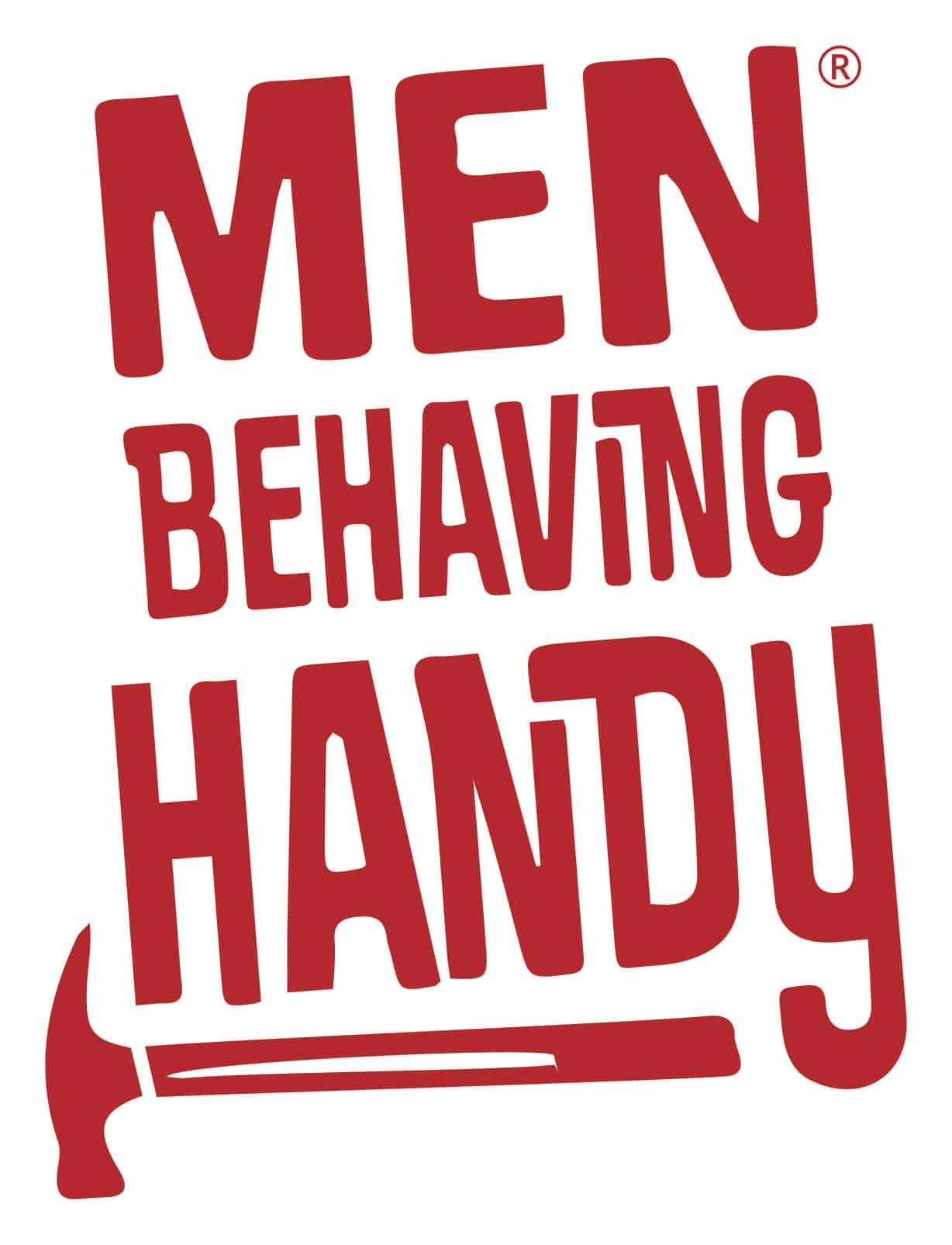Most property owners would love having a vibrantly green and trimmed lawn in their front yard and backyard. The only problem is that it costs a lot of time, money and energy to maintain such a lawn, especially if the property has a lot of acreage. If you are facing this kind of problem, why not consider getting an artificial lawn installation instead?
Artificial lawn is basically fake grass which replaces your real grass. It looks just the same as real grass but without the growth. Fake grass always stays short, green, and beautiful. You never need to worry about mowing it or doing any kind of serious maintenance.
The artificial lawn installation process is simple too. It doesn’t require a professional installer, so you can do it yourself. You just need a few standard tools and some basic instructions on how to perform the installation.
Required Tools
There are some standard tools and special tools that you’ll need to purchase in order to perform a professional installation of the artificial lawn. The standard tools include a utility knife, rake, tape measure, shovel, hammer, flathead nails, the synthetic grass turf, and joining tape for the turf. You’ll also need water readily available, so a hose might be necessary.
The special tools that you’ll need include a compactor, power blower, whitewash sand, professionally crushed rock, and an excavator.
The Installation Steps
Step #1 – Remove the natural turf
You can’t place fake grass over real grass. You must basically excavate the real grass and soil before placing the fake grass down.
Start by clearing the designated area of any sprinklers, rocks, garbage, and other debris or objects. You can’t have anything in the way of the installation. Use the shovel to remove up to 80 millimetres of excess soil in the ground. You’ll want to create a bed for laying the artificial lawn turf.
After you’ve achieved the right size and depth in the ground, level the base with a rake until it is smooth. You don’t want any huge chunks to interfere with the installation.
Step #2 – Create the Base
A base must be created for the fake grass prior to the installation. Use some professionally crushed rock for creating the base. Any major hardware store should sell crushed rock.
Use a rake on the crushed rocks and spread them around until they’re flat. Next, the base must be compacted with a compactor or flat wooden plate. If a compactor is too expensive, then go with the plate. Use either tool to prepare the area and make sure it’s flat.
If you spray water on the rocks, following by using a compactor, then you can increase the durability of the base. For the sub-base, it should have a depth of up to 20 millimetres. Therefore, once the crushed rock has been compacted, conduct your measurements accurately.
Don’t go deeper than 20 millimetres for your artificial grass because it’ll appear like your ground is unnaturally sinking.
Step #3 – Artificial Lawn Placement
The base is compacted, so now you can lay out the artificial lawn. If you purchased it from the store, it probably came pre-rolled. Just unroll the fake turf and leave it alone for a couple of hours to even itself out.
Cut clean pieces out of the turf using the utility knife. When you start laying down the artificial lawn pieces, make sure they’re facing the same direction for better fitting. If the blade of the knife dulls out, change it to a different knife. If strips are on the adhesive material, then remove them.
Step #4 – Join Together the Turf Pieces
If you want your artificial grass to appear real, then you just join the turf pieces properly. This means keeping the pieces closely together on the ground, but without touching or overlapping each other. You’ll want a few millimetres of space between each piece.
Take the turf tape and roll it out until it is the length of the artificial grass pieces. Place the tape over the joining pieces to secure them in place. Test it out by walking on the pieces to see if they stay together.
Please note that the brand of your tape and fake grass may cause some variations in the installation and adhesive processes. The information provided above is simply general information which should work for most people. It is better to read the directions which came with your fake grass product if you want more accuracy in the instructions.
Step #5 – Trim the Fake Turf Pieces
The pieces are all properly joined in the bed of the ground. Stroll around and observe the pieces carefully. If you see protruding edges coming from any of the pieces, trim them with your utility knife. Don’t cut off too much of the turf or else it’ll take away from the natural look.
Step #6 – Turf Adjustments
Your fake grass pieces may be joined and placed appropriately, but you must ensure that they’re strong enough to withstand the people and pets that will constantly be walking and running over them.
To add more security to your fake grass pieces, take some flat head nails and use a hammer to bang the nails into the edges of the pieces. Leave about 25 to 30 centimetres of space between each nail. Try to hide the nails underneath the leave blades in order to keep them discrete. Some people use a dark sharpie pen on the flat heads to help them blend more with the fake grass.
Step #7 – Turf Protection
To add further protection and aesthetics to your artificial grass, you’ll need to apply 12 kilograms of sand onto every square meter of the grass. Make sure you’re gentle when you apply the sand onto each piece of turf. Spread the sand around with a rake to even it out. The sand should cover each piece of turf evenly.
Hire a Professional Landscaper
As you can see, installing fake grass is not a difficult job. But if you don’t have any experience at landscaping or working with turf, then don’t attempt to perform this installation if you don’t feel comfortable doing it. The safest option is to hire a professional landscaper because they have the proper tools and experience to do the installation perfectly. Not only will the turf pieces be laid out and fitted evenly, but the drainage will be accommodated too.
Artificial Turf Installation Costs
Not all homes will look better with fake turf. You must consider the size of your property, the grass type it has, and whether you’re going to perform the installation yourself or hire a professional.
If you choose to hire a professional, the average cost to install 75 square metres of turf is going to be over $6,000. Some variables that influence the cost are the tools required, the area where the turf will get placed, and the number of workers required for the job.
If you choose low to mid-level artificial turf, the cost is between $50 and $80 for every square metre. But if you want the premium artificial turf, then you can pay twice as much for every square metre.
Contractors will base their price on the area in which the turf will be installed. Each service provider has their own rates and preferences, so make sure you get a price quote from them first before committing to a deal.
Conclusion
Artificial turf is a big investment and requires a lot of work. However, it’ll probably be better for you in the long run because you’ll no longer have to maintain your lawn ever again. It’ll stay lush green and trim throughout the entire year.





